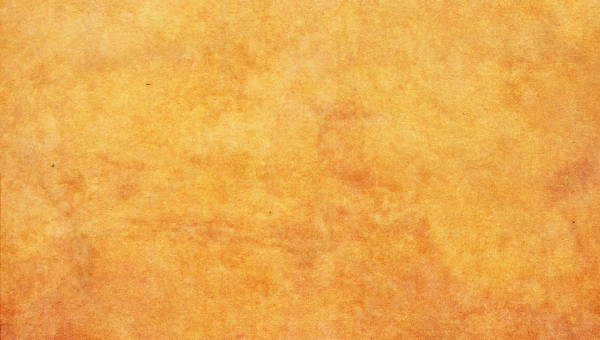
9+ Parchment Paper Textures
A parchment paper is a special type of paper used in baking for their non-sticky quality. They’re not like any…
Nov 25, 2020
On the search for stunning rock textures and designs? Looking for inspiration and reference? We got you covered. Rock textures are slowly owning the spotlight. It is a mixture of earthen and natural elements. It can provide an atmosphere stability and strength to almost all designs. It also conveys an eco-friendly vibe.
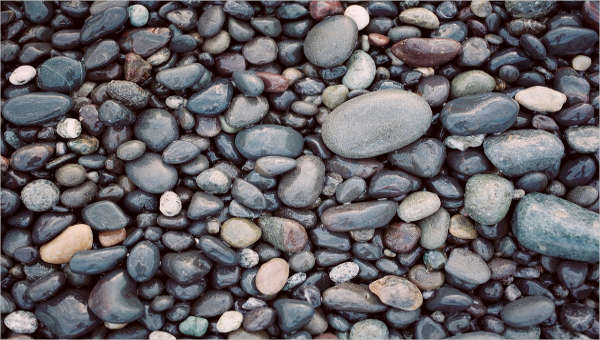
To help you with your search, we have here an array of stunning and awesome rock textures that you can use for several purposes such as in landscaping design, interior design, wallpapers, photo editing, and other purposes. Feel free to check out our beautiful collection of free rock textures.
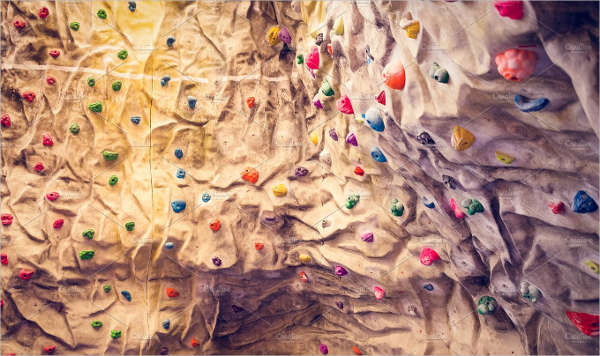
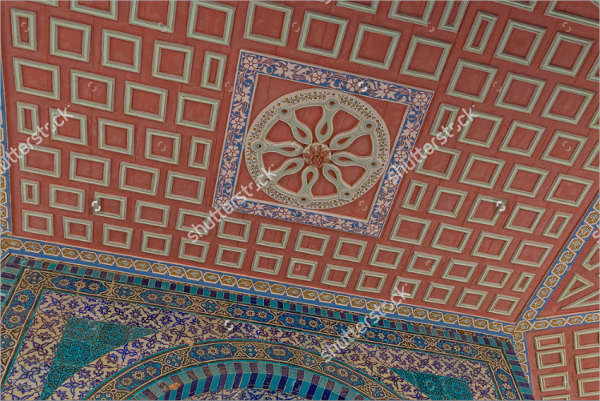
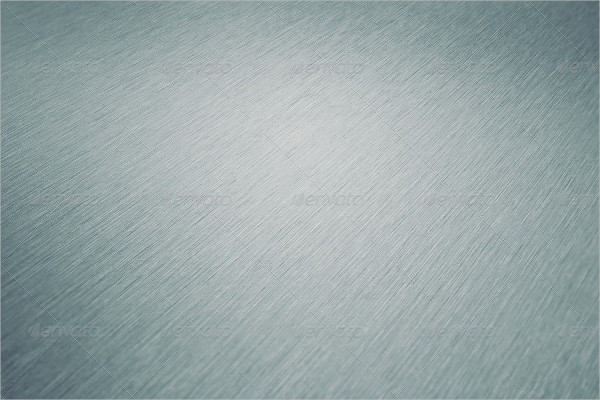

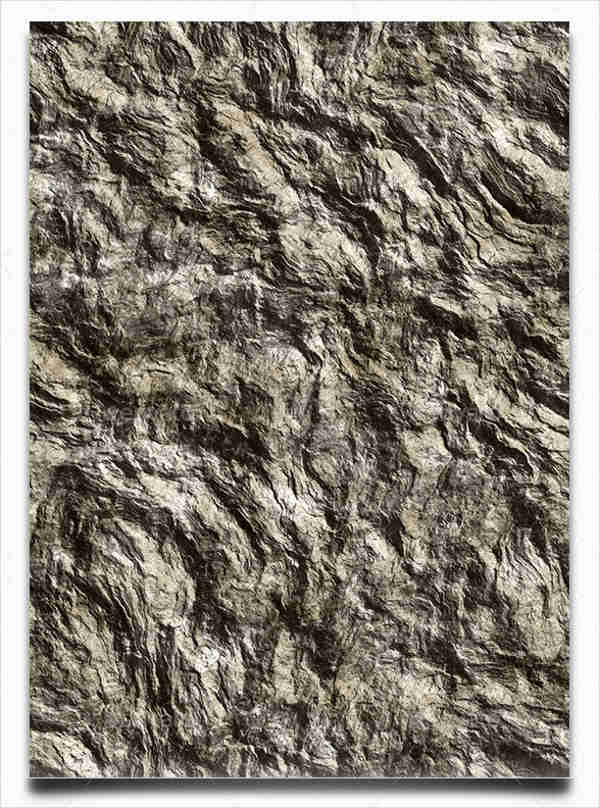
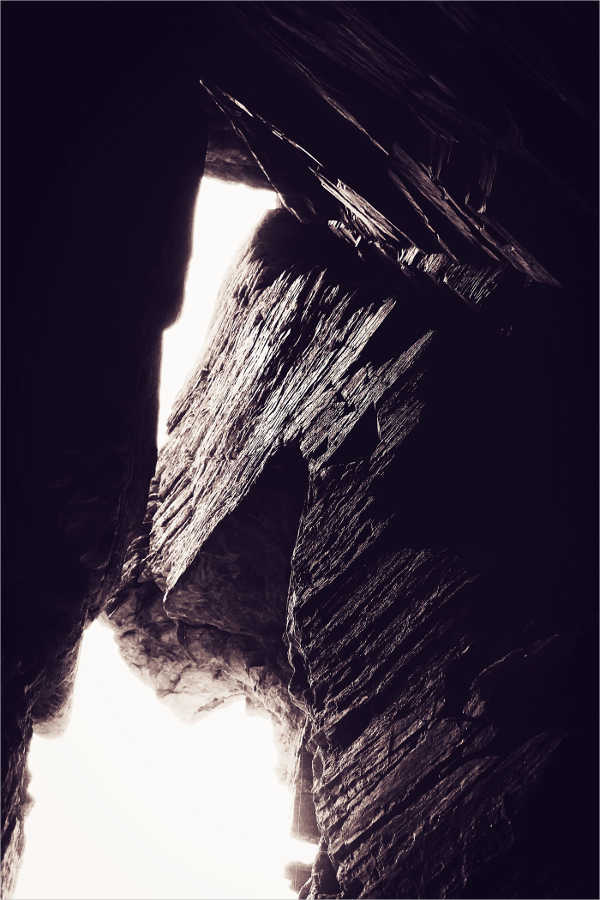
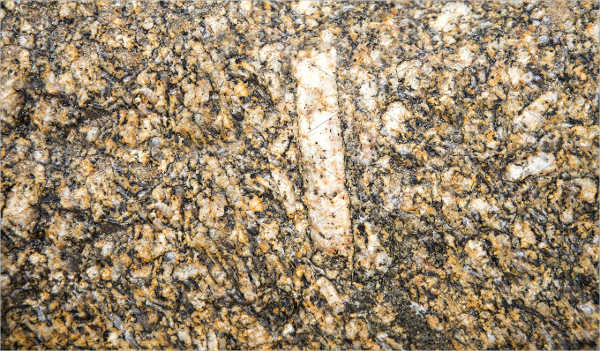
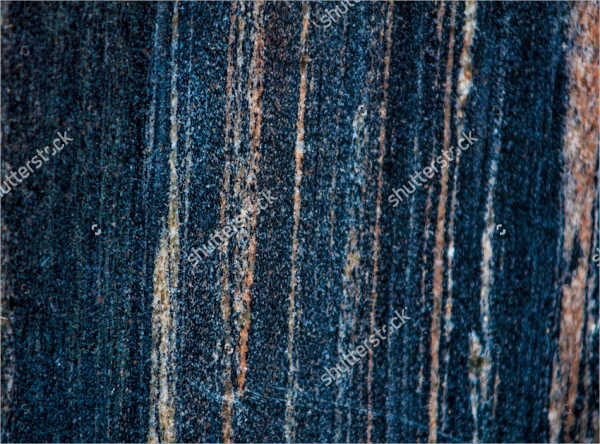
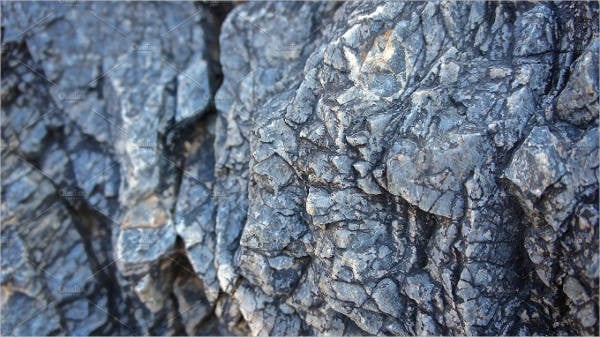
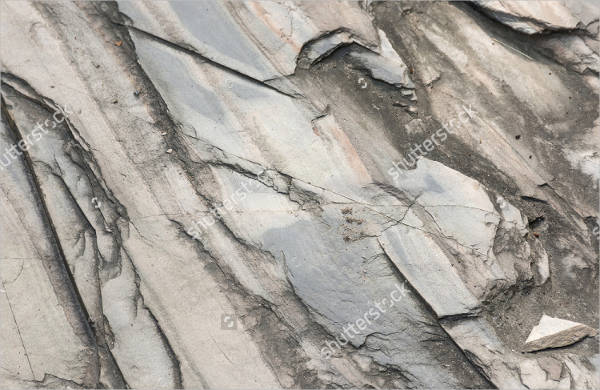
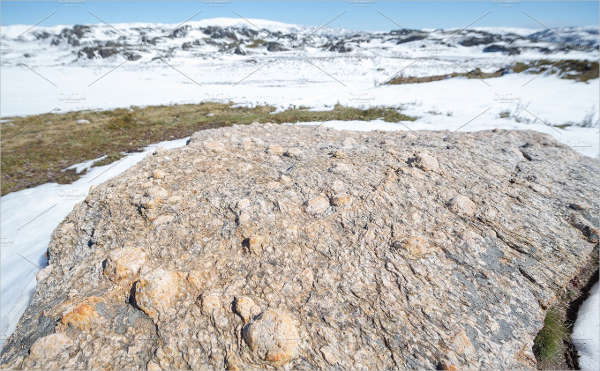
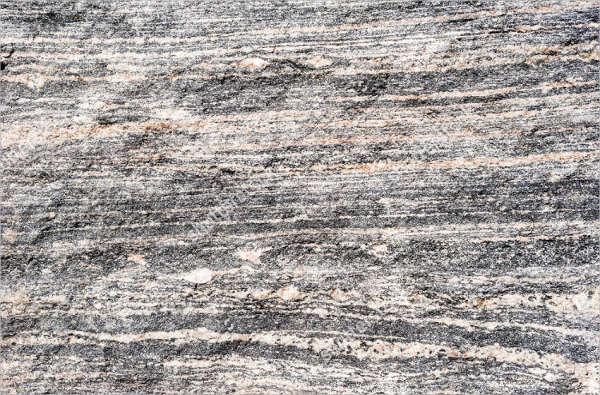
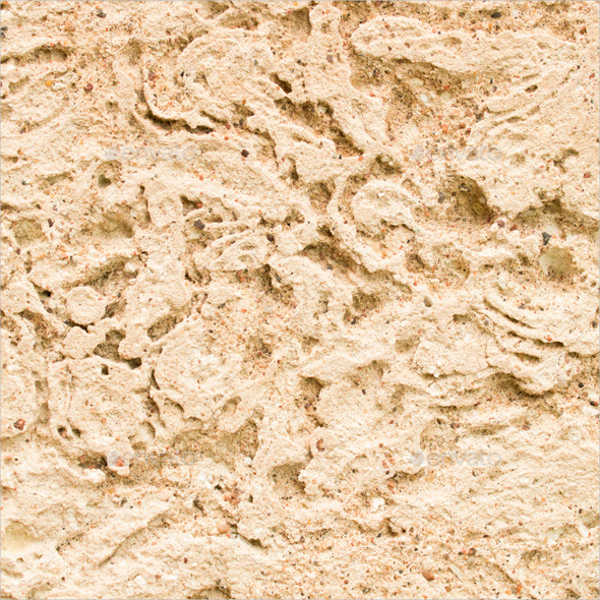
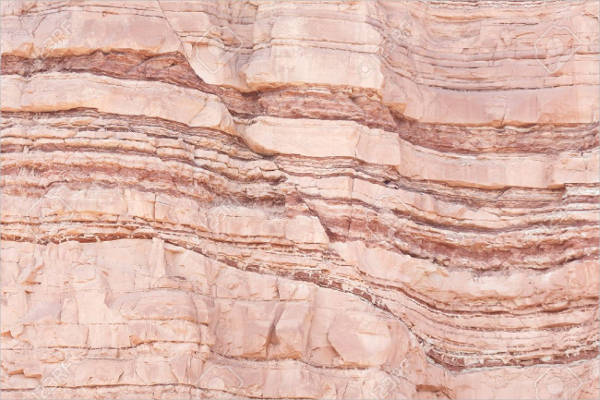
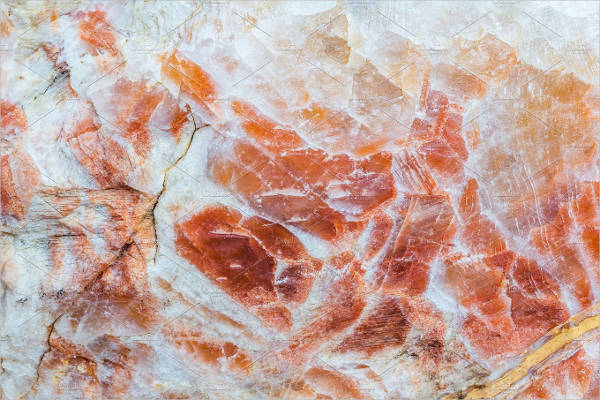
In the current times, textures play a pivotal role in the realm of website graphic design, and visual arts. Texture pertains to the actual surface of a design or to its visual characteristics. Aside from that, here are some points to take note about textures specifically in the realm of graphic design:
Hence, textures can offer a lot assistance in terms of graphic designs. Rocks are not just steady and boring element of nature. They are dynamic and a good inspiration to designers. It gives more life and substance to a certain design structure.
Textures and rocks are a perfect match. Textures complements to the essence of a rock which also has its own geological textures. In line with this, let’s take a look at some of our featured rock textures that you can use to pull off a nature-friendly design:
These are just some of our featured rock textures templates that you can check out and download. If you’re looking for more wall textures, we also have an array of designs for you to choose from.
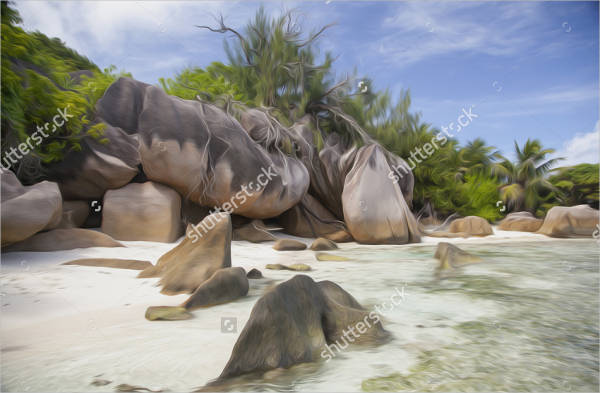
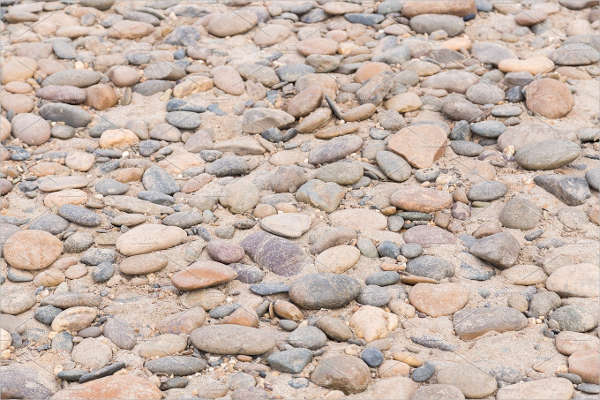
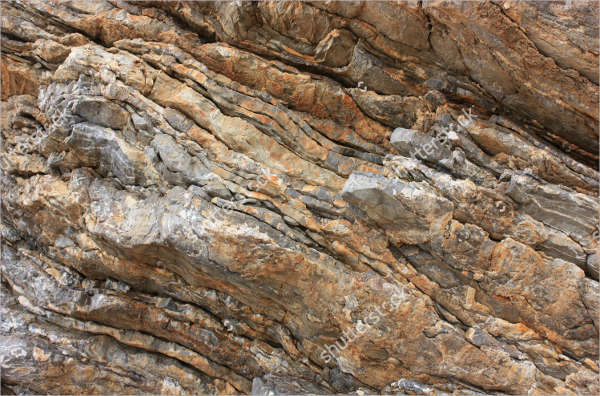
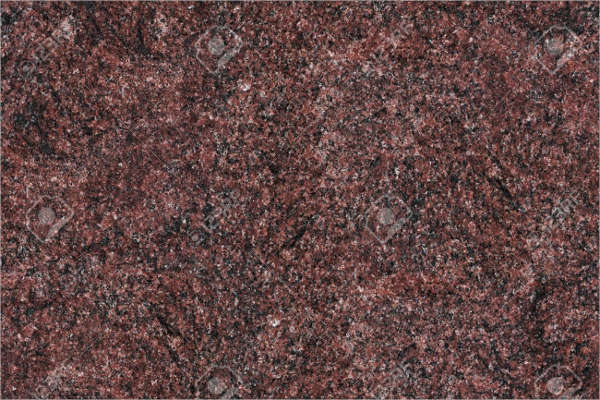
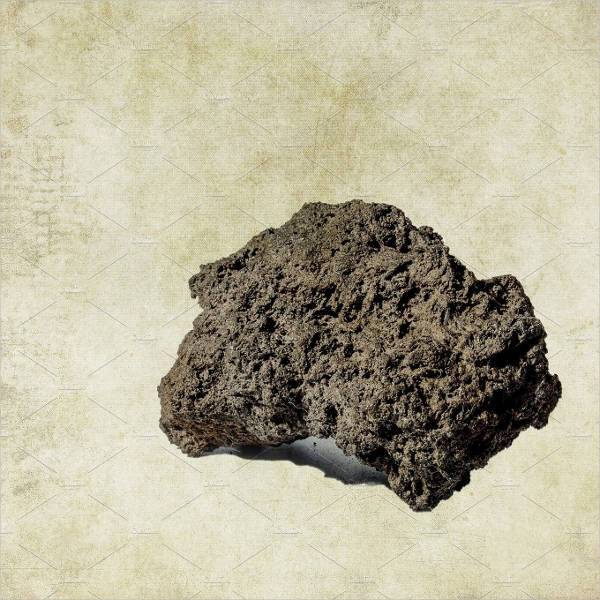


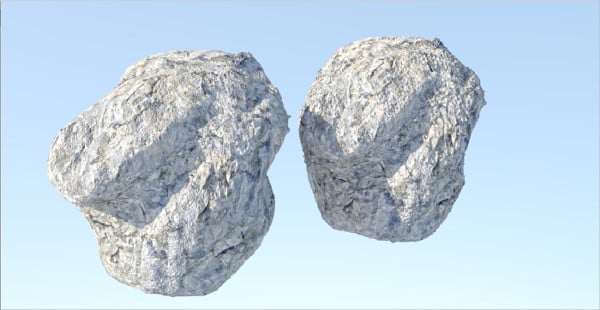
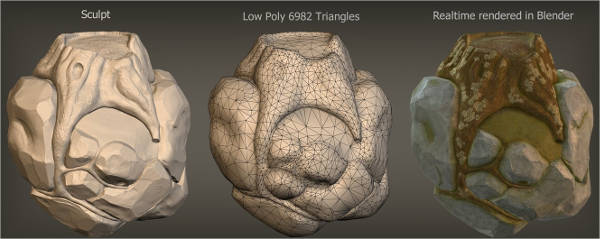
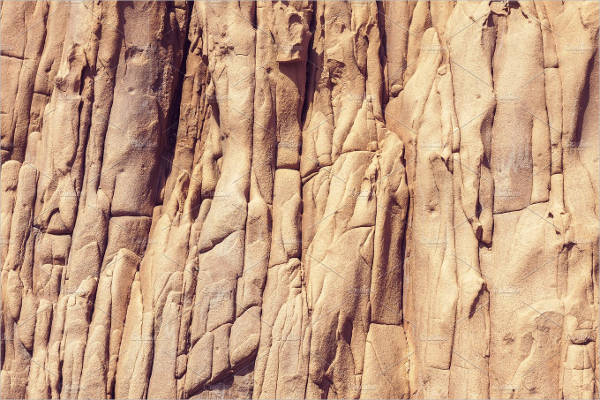
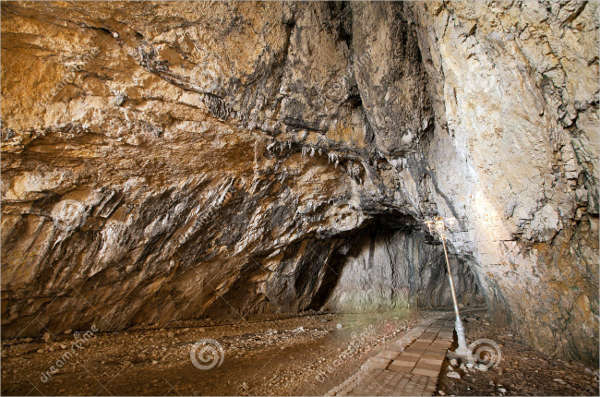
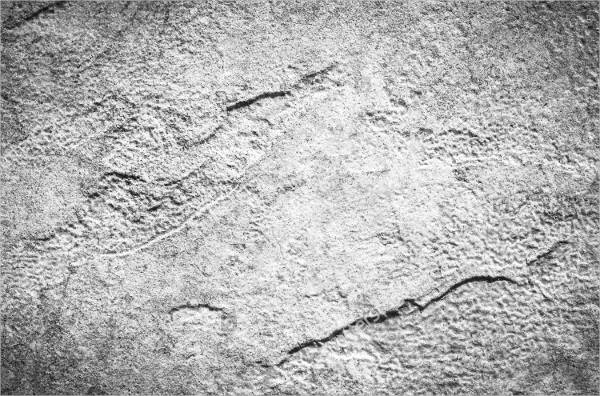
In the course of using textures, you need to take into account the type of texture you are using. There are two major types of textures namely actual and visual textures.
Indeed, textures are dynamic. They are used in the realm of arts are crafts to create visual interest, the balance out the contrast in a design composition and to ultimately help visually balance a design composition.
Like the strength and mighty character of a rock, textures are also a powerful tool in terms of design. They can help create compelling and lifelike objects and structures. In the world of graphic design, textures continue to play a key role in the creation of all types of visual elements. Here are some of its pertinent uses:
These are just some benefits of using textures. Indeed, visual textures can evoke emotion and bring substance to the design.
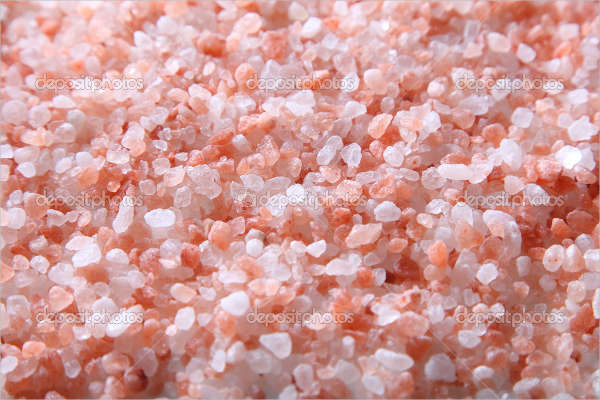
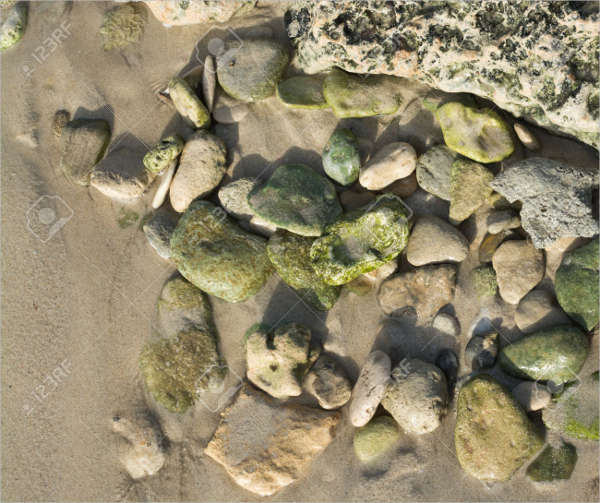
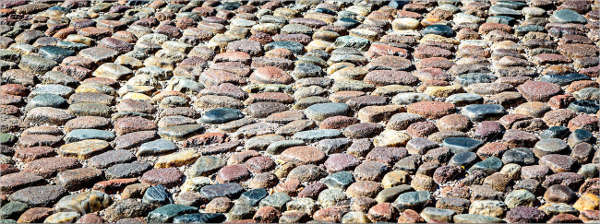
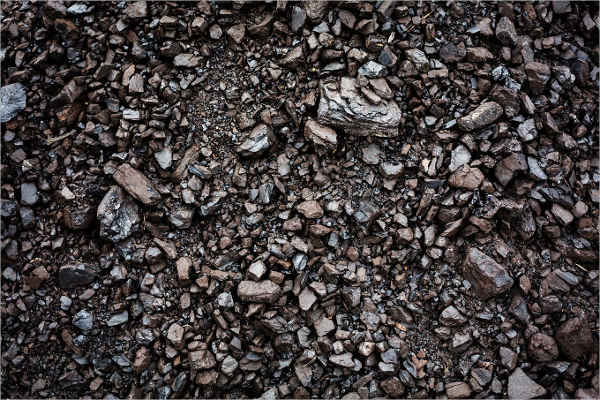

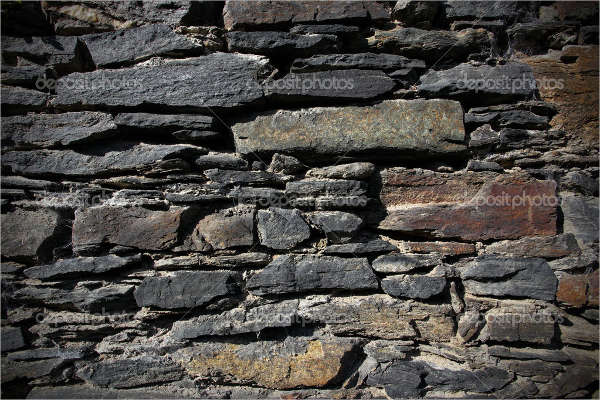
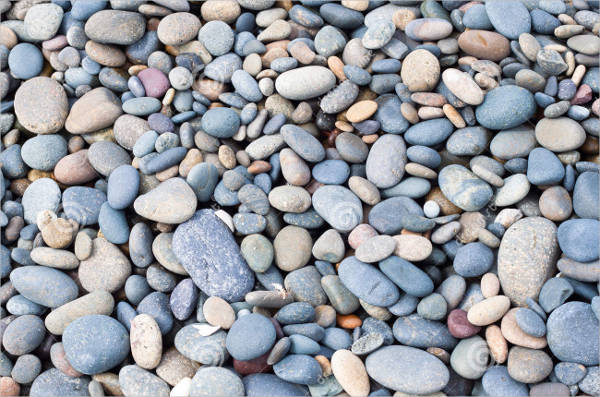
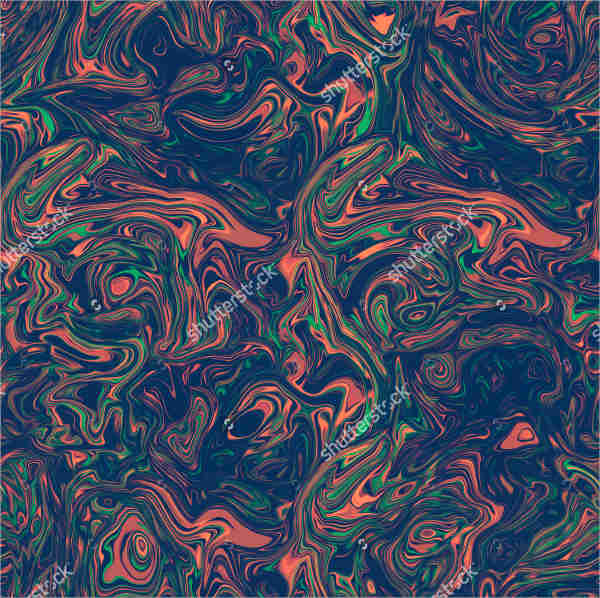
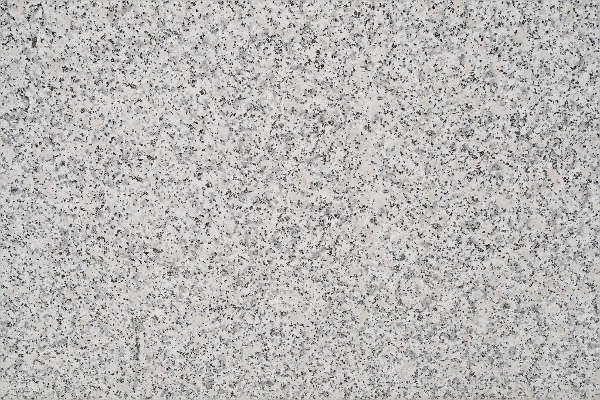
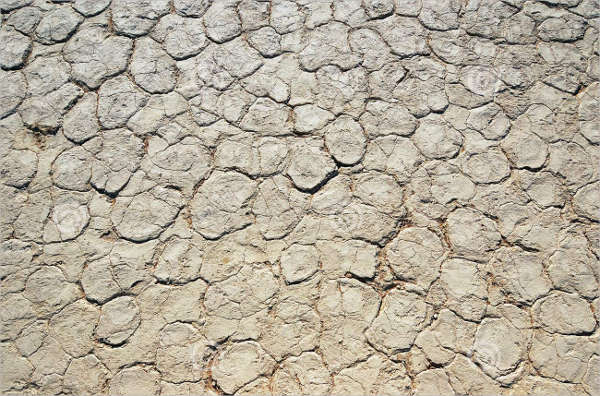
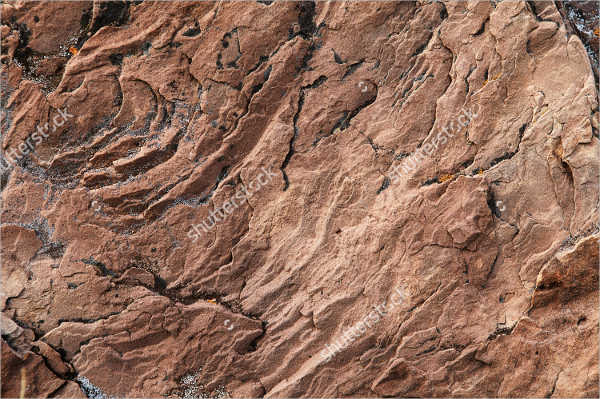
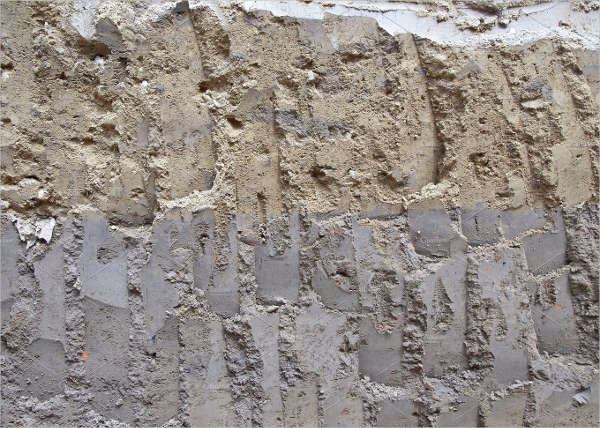
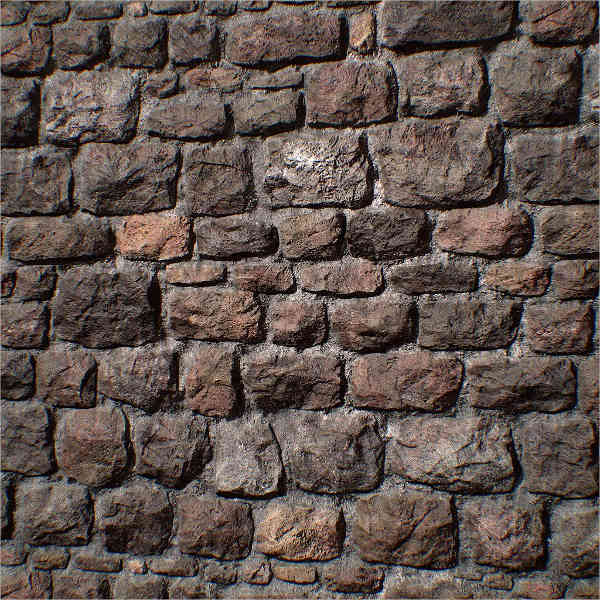
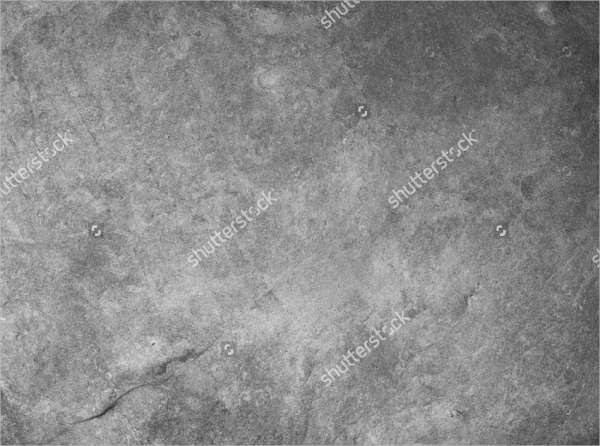

One may ask why many people fancy rock-inspired designs? One of the possible answer would be because of its familiarity and structure. The rock is in itself an element of design. There are various kinds of rocks in the world with their own characteristics and properties. For you to appreciate them more, here are three of the major rock types which are also portrayed in our templates:
In terms of design, here are some common reasons why rocks are used based on consolidated research:
These are just some basic and essential information about rocks. As you can see, we also have templates for each of them. For a more graphical example, you can simply check out and download the samples we have here.
Textures, by nature, enhance a particular design. However, they can only used their magic if properly applied and used. On the other hand, a texture can also make a design not so appealing, specifically when they become distracting and all over the place. To avoid this, here are some suggested methods that you may consider:
These are just suggestions that you may consider. You can also add more along the way. Textures are indeed interesting and significant. If you’re interested with our free best texture designs, you can also check our our other designs, including these best 3D textures.
Therefore, there are a lot of important ideas we need to learn about rock textures. There are a lot of details to take into account. In line with this, if you are pressed with time and need a little push of inspiration, then you can simply download our templates. To do this, follow the simple steps below:
Here at Template.net, we offer a variety of templates for you. Our templates can serve as your reference and inspiration. Feel free to browse through our archives and enjoy your stay at Template.net!

A parchment paper is a special type of paper used in baking for their non-sticky quality. They’re not like any…
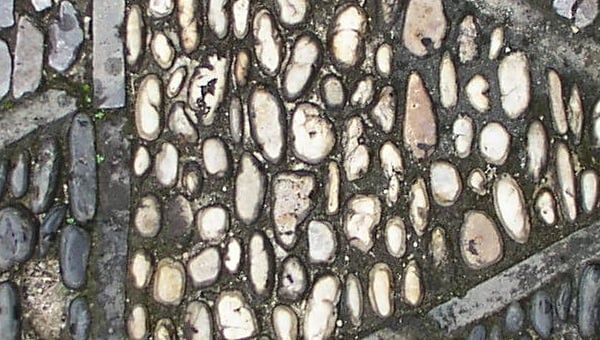
Texture is one of the most crucial aspects that one should consider when tackling about visual arts. It is used…
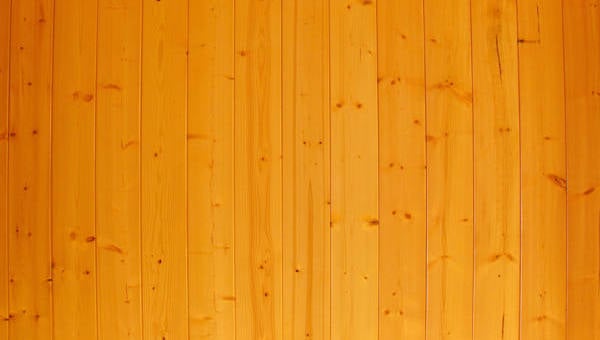
There are different kinds of textures you can use to decorate your designs or your artwork. You can do them…

On the search for stunning rock textures and designs? Looking for inspiration and reference? We got you covered. Rock textures…
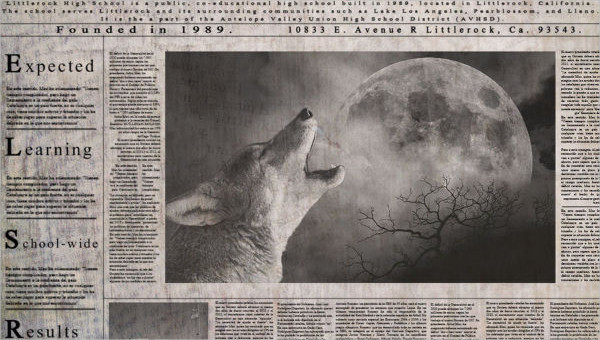
Tired of the usual newspaper template designs? Looking for more templates? You’re on the right page. Newspapers designs was primarily…
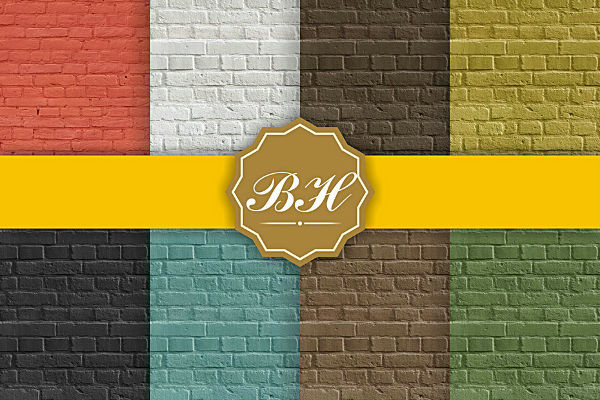
Photoshop Brick Wall Textures are some of the more common textures you can find online. For many graphic projects where…
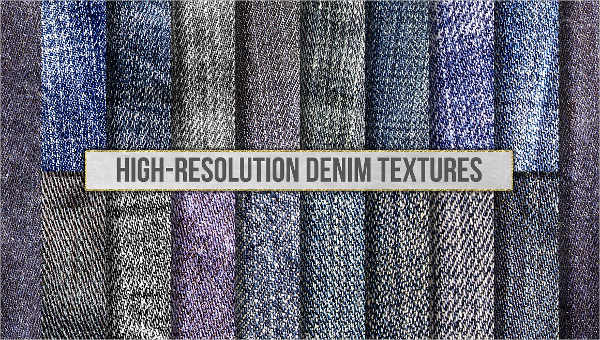
Jeans have been used by most men and women or centuries. The famous denim jeans were first worn by Americans…

Searching for well-designed book textures? We’ve got templates for you. Bookworms will truly fancy these book designs we offer. This…
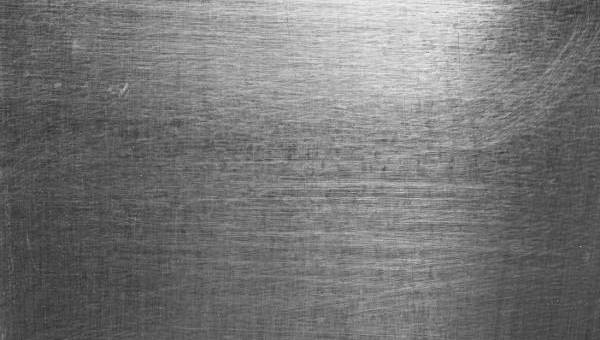
Metals are one of the materials especially used in the industrial era, and as the new age entered, they never…